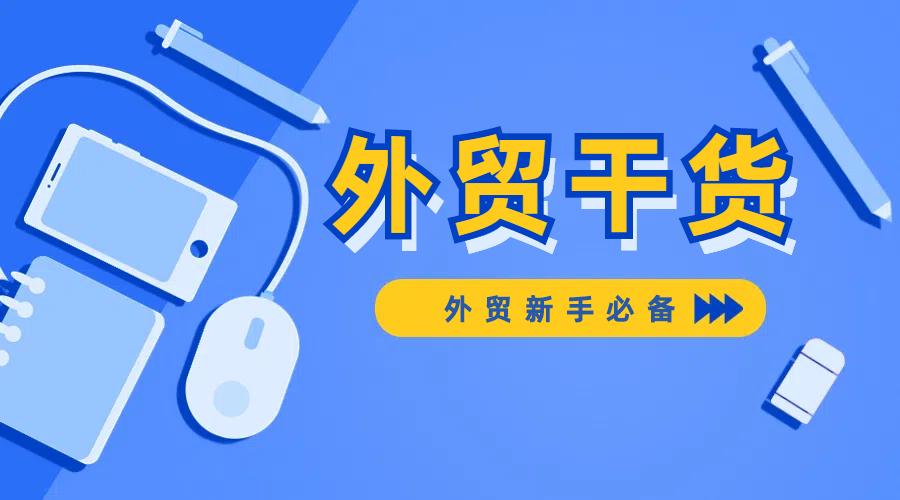 400-076-6558智领未来,外贸超级营销员
400-076-6558智领未来,外贸超级营销员
 400-076-6558智领未来,外贸超级营销员
400-076-6558智领未来,外贸超级营销员

In the global B2B export market, understanding the real needs of your buyers is more than taking their words at face value. New exporters often stumble at interpreting customer demands due to surface-level assumptions. For instance, a buyer stating “I need low-cost products” often masks more complex objectives such as securing market share or enhancing end-user competitiveness. Effective sellers dig deeper by asking pointed questions like, “Why is price a central factor for your current procurement?” or “Are local competitors influencing your cost concerns?” This method reveals latent motivations crucial for offering tailored solutions.
Using the “5 Whys” technique, a top performer might proceed: “Why the focus on price?” → “Is this about competing products locally?” → “Does your end customer prioritize value over brand loyalty?” These layered inquiries highlight the nuance behind buyers’ simple statements.
Beyond verbal communication, nonverbal cues offer valuable insight. Prompt email responses often signify urgent needs, while repeated questions about shipping dates or quality control standards may signal anxiety about supply chain stability. If sample testing cycles routinely extend, it could indicate product specification mismatches needing technical clarification.
Maintaining a detailed communication log — tracking frequency of topics like “environmental certification” — can uncover hidden concerns about regulatory compliance or market barriers, which are typical drivers in sustainable product categories.
Global procurement executives value constructive dialogue that respects their operational challenges. Instead of rushing to pitch products, successful exporters start with diagnostic questions such as: “What are the main supply chain challenges you’ve faced recently?” or “What procurement pain points emerged over the last fiscal year?” Open-ended questions elicit detailed responses that expose unarticulated needs.
Mid-negotiation, presenting competitive case studies based on anonymized peer clients helps validate priority areas. For example, mentioning that some clients choose premium variants for regulatory compliance while others prioritize cost reduction invites buyers to self-identify their preferences without pressure.
Buyers carefully scrutinizing “non-core” elements—like rejecting customized packaging but emphasizing low damage rates—often reveal untapped opportunities for value-add solutions.
At closing, use a needs confirmation checklist covering specs, terms, and delivery timelines framed as, “To ensure the order is flawless, can we confirm these three key points?” Be wary of buyers agreeing too readily; follow-up with conditional probing such as, “If we adjust X term, would you have other concerns?” to surface hidden objections timely.
Low-budget yet effective data tools empower exporters to validate buyer declarations. Customs import data accessed through sources like ABcustomer Insights reveal buyer purchase cycles, supplier regions, and product spec changes. For example, a sudden import spike in electronics components may signal a new product launch, not merely stockpiling.
Additionally, monitoring public buyer communications—like LinkedIn posts announcing sustainability goals—guides emphasis on eco-compliant materials over price competition in proposals.
Mapping customer journeys further sharpens insight. Manufacturing buyers care about raw material reliability, process compatibility, and after-sales support, whereas trading firms prioritize channel feedback and market trend agility. Engaging in role-play exercises helps anticipate concerns from multiple decision-makers — procurement managers, engineers, and executive leadership — ensuring multidimensional dialogue.

1. Experience Bias Trap: Best practice from client A doesn’t necessarily apply to client B. For example, while Southeast Asian buyers often seek pricing value, Nordic clients sometimes prioritize localized design and sustainability credentials.
2. Hurry-to-Quote Trap: Premature offering before fully validating pain points results in misaligned proposals. A minimum of three communication rounds — background research, pain point validation, and solution exploration — helps safeguard accuracy.
3. Language Nuance Trap: A non-native buyer’s “yes” may only mean acknowledgment, not agreement. Confirm understanding by paraphrasing: “Let me recap your needs to ensure we’re aligned.” This proactive clarity prevents costly misunderstandings.
Successful export professionals evolve by cultivating a questioning mindset, never accepting stated needs at face value. Weekly review of ten client cases builds industry-specific intuition about common themes and unique variances. Most importantly, nurturing patient listening combined with strategic questioning lets you unearth the hidden drivers behind every trade negotiation.
Transitioning from low-efficiency passive follow-up to precise and data-grounded demand capture accelerates deal closures and establishes a strong career foundation.
.png?x-oss-process=image/resize,h_100,m_lfit/format,webp)
.png?x-oss-process=image/resize,h_100,m_lfit/format,webp)

.png?x-oss-process=image/resize,h_100,m_lfit/format,webp)
.png?x-oss-process=image/resize,h_100,m_lfit/format,webp)
.png?x-oss-process=image/resize,h_100,m_lfit/format,webp)
.png?x-oss-process=image/resize,h_100,m_lfit/format,webp)
